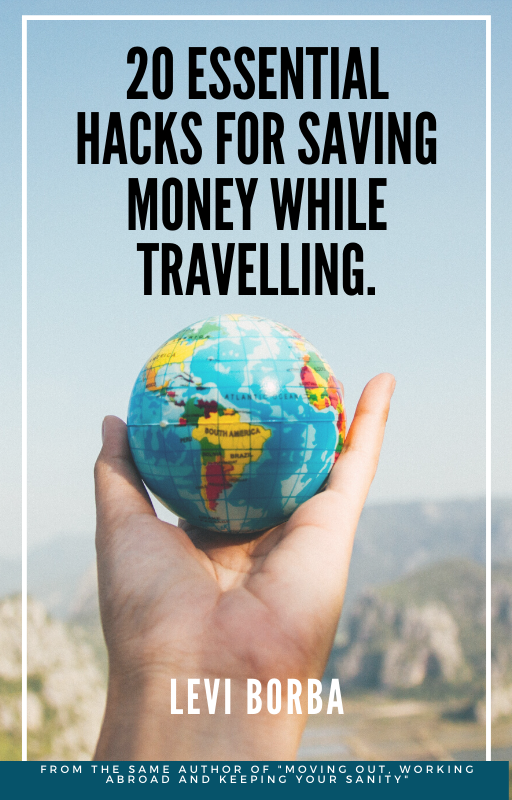This is the cheapest country to live in the European Union.
(Yes, it is even cheaper than Bulgaria.)
It’s also among the safest countries in the world. Recently, it was considered the 3rd best country in the world for remote professionals.
Their economy improved so much in the last 30 years that they are called one of the “European Tigers.”
I’ve personally been there and talked to residents about their real-life experiences. Here, I will show you, with data, hard facts, statistics, and many views from locals, why Romania might be the best country for you.
But not everything is flowers, wine, and sarmale, so, I will also show you the not-so-good part—the cons—of moving to retire in Romania.
By the end of this article, you will discover three cities where you can live a good life, spending in an entire year what you would spend in three months in the US.
Let’s begin with the pros of living and retiring in Romania.
The first one is their remarkable improvement in quality of life and economic conditions.
In 1995, Romania was one of the poorest countries in Europe. With a per capita income of just $1,650 a year, it was far poorer than Serbia or Bulgaria.
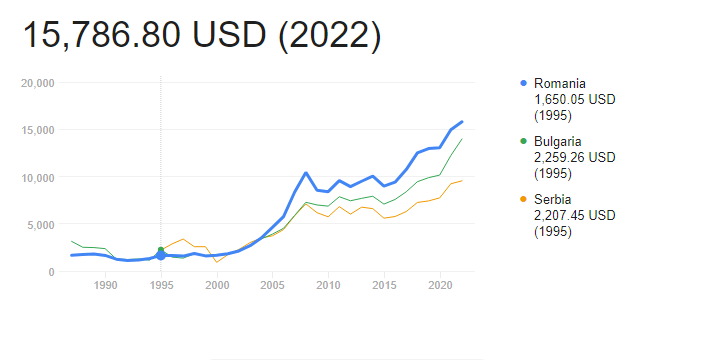
Less than 30 years later, in 2022, their income skyrocketed almost ten times, to nearly $16,000 per year, leaving both Serbia and Bulgaria far behind!
But income per capita was not the only thing that improved in Romania.
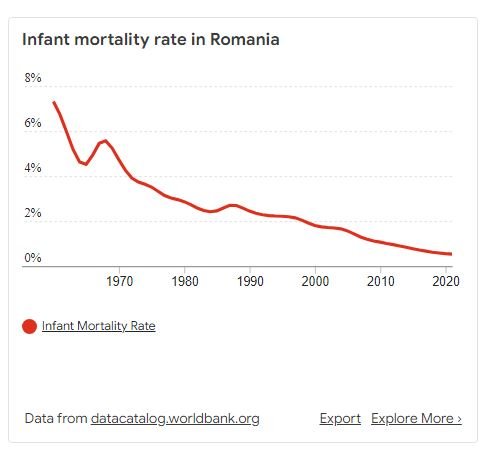
Healthcare has improved and infant mortality was reduced to levels similar to the United States.
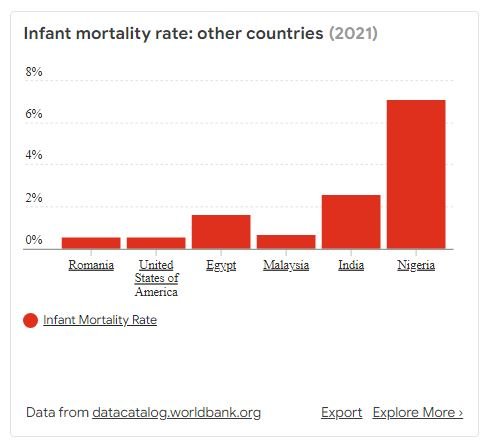
Unemployment is quite low, and life in general is much better – to the point that alcohol consumption is quickly declining—although it might still be considered high.
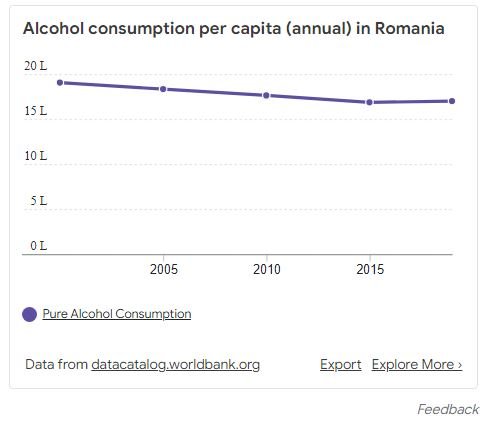
Nowadays, western Romanians have a quality of life similar to Hungarians or Croatians. They are no longer the poor country that was forgotten in the past but a modern, growing economy.
A peculiar fact that translates to how fast Romania is developing is…
It has an impressive internet infrastructure.
They have one of the fastest internet speeds in the world, thanks to the post-communist reforms that opened the market to internet providers and stimulated competition.
It is quite the opposite of what happened in Greece, which favored monopolies, and—surprise, surprise—has very bad internet speed.
Since we are talking about reforms that allowed private investment in certain sectors, this is directly related to our next pro.
Private healthcare in Romania is good and very, very affordable.
Every year, around 20,000 foreigners go to Romania for medical procedures in one of its many private clinics and hospitals. On average, each of these “medical tourists” spends a bit more than 1,000 euros on specialties like dental treatments, plastic surgery, and orthopedic procedures.
A single titanium dental implant in Romania will cost the equivalent of $730. In the US, the same implant will cost close to $5,000—almost seven times more.
A knee replacement in a private hospital in Romania will cost you around $5,000. In the US? Almost $50,000.
If you are worried about the quality, there are many well-evaluated institutions like the Victor Babes Private Clinic in Bucharest.
Now you might ask: is healthcare in Romania reliable for retirees coming from other countries?
At least in the case of these private institutions, many of them have English-speaking staff.
Since we are talking about language issues, this is actually what our next positive thing about Romania is.
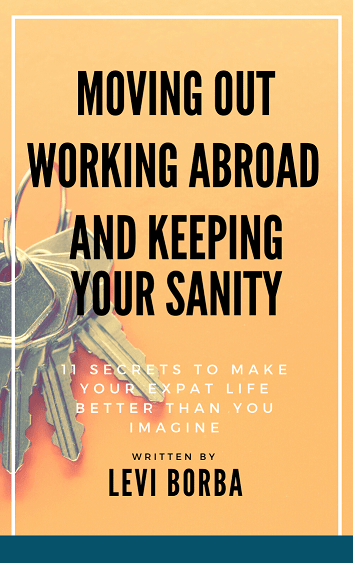
The language barrier is not so bad in Romania, and this is because of two reasons.
First, many people, especially in larger cities, know how to speak English in Romania. EF, one of the largest language institutions in the world, compiles the EPI (English Proficiency Index), where they rank the countries by the degree of English-speaking skills of their population. Romania ranks really high, in the 17th place—well ahead of richer nations like Switzerland, France, and Italy.
So, chances are that in a large Romanian city, you can solve most of your problems just with English.
Still, I strongly recommend you learn some Romanian if you are planning to stay there longer. And here is another very good news: to learn Romanian is NOT difficult.
If you read our articles about Poland and Hungary, you are aware that these countries, as well as many others in the region, have notoriously difficult languages.
Romanian language, however, is different—very different.
Despite being surrounded by Slavic countries with difficult languages like Serbia, Bulgaria, or Ukraine, Romania is not part of the Slavic linguistic group. Even better: Romanian is a Romance language! They are linguistic cousins of Italian, Spanish, Portuguese, and, well, French.
See this map made by the Foreign Service Institute of the US government, an organ that trains US diplomats and other public employees in different languages.
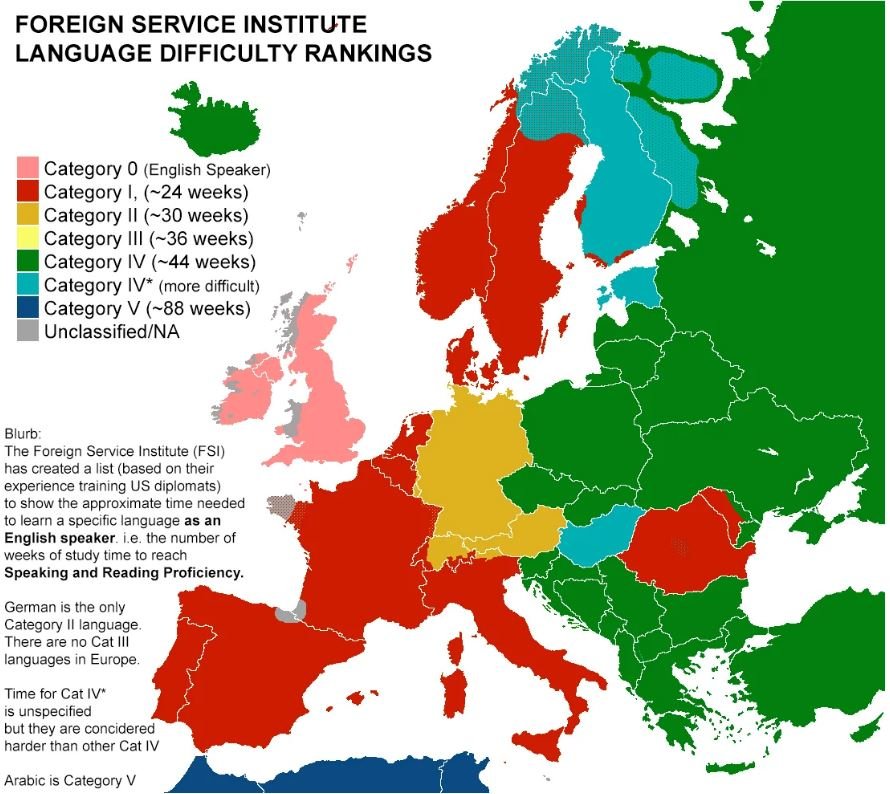
There, you can see four different categories of languages, ranging from I—the red color, which is the easiest—to V—the most difficult.
All languages in Eastern Europe are in category IV—they are difficult to learn. Except one—this red island in a sea of green. It is Romania, and their language is way, way easier for English speakers than Polish, Hungarian, or Albanian.
However, while easier than Slavic languages, Romanian (which has a lot of Slavic influences) is harder than Spanish or Italian.
Some things that exist in Romanian don’t exist in Spanish or Italian, like declinations and grammar cases. And some things are even weirder, like the fact that some words change their gender depending on whether they are singular or plural.
Apple, for example, in the singular form is gender neutral—un măr. But in the plural form, it is feminine—două mere.
Despite these differences, we can say that Romanian is at the same time the hardest language of the Romance family, but the easiest language in Eastern Europe.
This Romance, Latin heritage in Romania is not restricted to the language.
While countries like Ukraine, Serbia, and Bulgaria have Slavic influences, Romania’s history traces back to the Roman Empire.
This Latin background has shaped the Romanian language, customs, and traditions.
In fact, it extends to the next positive aspect I want to tell you about:
The Culture.
Its people are proud of their cultural heritage, and many are eager to share it with outsiders. While Romanian traditions are unique, they carry a sense of familiarity for visitors from Western Europe due to shared Latin roots.
While I am not saying that Romanians are as loud or cheerful as their Mediterranean cousins, they surely differ from the average Slavic neighbor. You’ll notice that Romanians gesture quite a bit—almost as much as Italians.
Another thing that you find in Romania that is similar to Italy is that no bar or cafe is in a hurry to throw you out or make you feel unwelcome. Come in, have a drink, and stay as long as you want.
One of the most notable Romanian traits is the value placed on family and social connections. Much like in Italy and Spain, meals are important social events, where sharing food and conversation plays a big role, similar to the Mediterranean tradition of long, relaxed dinners.
Another cool similarity is that Romanian greetings among friends involve a kiss on both cheeks, similar to customs in southern Europe.
The fourth reason Romania might be a good place for you is…
The Low Taxes
If you’re a U.S. citizen, you likely know that the US is one of only two countries in the entire world that charges tax from citizens living abroad. The other is Eritrea.
So, you might think that living abroad means paying double in taxes, right?
Well, in some cases this is true, but not in Romania. They have a treaty with the US to avoid double taxation of American residents!
The Romanian government also made this treaty with many other countries, like the United Kingdom, Germany, Canada, and Australia. So, the taxes you pay in one country, you won’t have to pay again in the other!
Let’s make a short calculation.
Imagine that you are an American citizen earning $50,000 in pensions. For the US, you would need to pay $6,306 in income taxes.
In Romania, for pensions from abroad, there is a flat income tax of 10%, so technically, for the Romanian, you would need to pay $5,000.
Both taxes together are $11,306, and maybe you think this is the total income tax you would pay, right?
No! It is much less! Because of the $5,000 you paid in income taxes in Romania, you subtract that from the $6,306 you would pay in the US!
So, for the US government, you pay just $1,306—so at the end of the day, moving to Romania didn’t increase the income tax you pay at all.
The Low Cost of Living.
Imagine waking up every day in a European city like that, where your retirement dollars go twice as far. This is perfectly possible in Romania.
And to prove that to you, first I will answer one simple question! How much cheaper is Romania compared to the US when it comes to everyday living expenses?
Let’s begin with one of the most common groceries: bread.
The cheapest pack of whole wheat bread in a Walmart in the US costs $2.17.

In Romania, you will pay 4.99 Lei, which is the equivalent of $1.10—just half the US price.

A box of a dozen eggs in the US costs $3.40.

In Romania, they sell eggs in boxes of 10, and it costs 9.49 Lei, or just $2.10.

So in the US, you pay 28 cents per egg, but in Romania, 25% less.
The lower cost of living in Romania also translates to other common expenses.
For example, in Brașov, a beautiful medium-sized city in Romania, you can get a haircut for 36 lei—just $8.
Now compare that to Boston in the US, where a haircut will cost you $30!

Dining out is also much cheaper. For example, Hanu’ Berarilor is one of the best local cuisine restaurants in Bucharest. There you can have a delicious plate of Mamaliga for 26 Lei—less than $6!
After that, if you are still hungry, you can order a Sarmale—one of the most, if not the most, traditional Romanian dishes—for just 62 Lei, or less than $14.
These are the prices in an expensive restaurant in Bucharest, which is the most expensive city in Romania. In smaller cities, you can have a nice dinner for prices that wouldn’t even pay for a hamburger in the US.
But the real star when we talk about the low cost of living in Romania is the housing price.
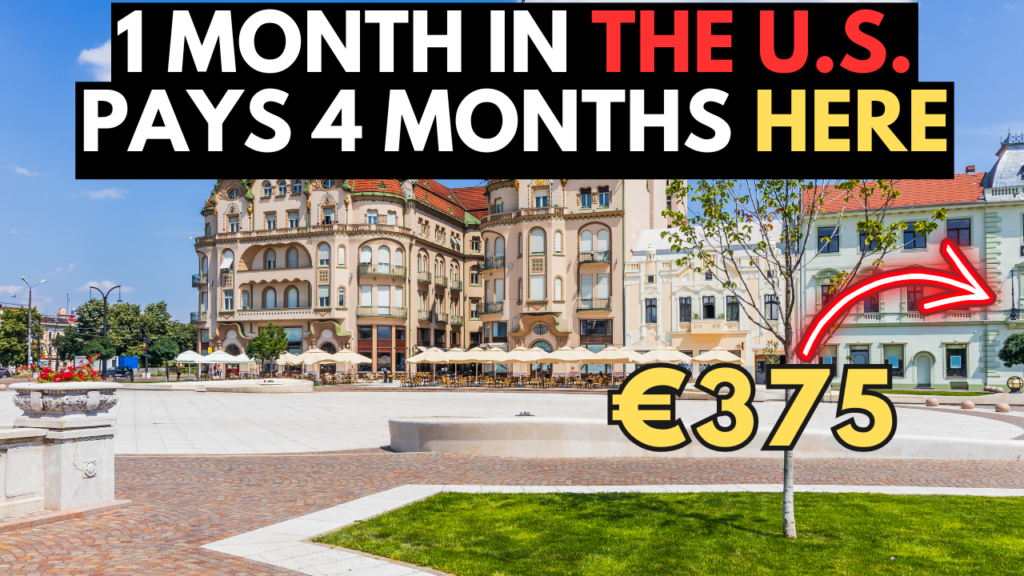
In some cities in Romania, rent is as low as $300 a month. This is less than what you pay for a parking space in some cities in the US.
I will show you these cities—places where you can have a high quality of life for very low prices—in a few paragraphs, but first, I must make a disclaimer: Romania is the most affordable country in the European Union for retirees, but it’s not without its drawbacks.
So, it is time for us to answer another question:
What are the cons of moving to live and retire in Romania?
The first is the transport infrastructure.
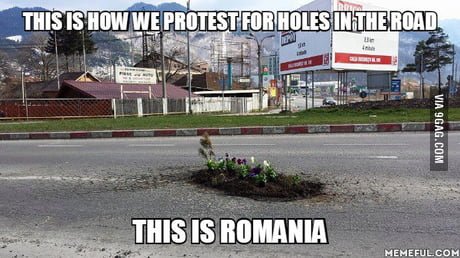
Especially between cities, the transport infrastructure in Romania is underdeveloped when compared to other European countries. The road network spans over 86,000 kilometers, but the highway system is sparse, with only around 1,000 kilometers as of 2023. For comparison, neighboring Hungary, which is about half the size of Romania, has over 1,500 kilometers of highways.
For example, the journey from Bucharest to Cluj-Napoca, two of the most important cities in Romania, takes about 8-10 hours by train or car, even though the distance is only around 450 kilometers.
Train travel, which is usually a reliable and comfortable option in Western Europe, faces issues here. The Romanian State Railway, CFR, is notorious for delays and outdated trains. While there have been investments in modernizing certain routes, much of the railway network is still decades old, and travel times are quite long.
Another negative point is bureaucracy and, sometimes, corruption.
Navigating Romania’s bureaucracy can be frustrating for expats, especially for those from outside of the European Union, who need to handle residency permits, healthcare registration, or banking.
Romania ranks low in the European Union in terms of government effectiveness and control of corruption. In the 2023 International Corruption Perceptions Index, Romania scored 46 out of 100, placing it among the more corrupt countries in the European Union.
Bureaucratic processes are often slow, inefficient, and paper-heavy.
And the third negative point of Romania is… well, get ready for some surprise:
It is Bucharest.
With a population of over 1.8 million, it is the largest and most expensive city in Romania (together with Cluj).
It has noise and, in some parts, traffic—not the things you are dreaming of when you plan to retire abroad.
Bucharest is known for its communist-era architecture, which gives much of the city a gray and somewhat unattractive appearance. While there are some beautiful areas, like the Old Town and the upscale neighborhood of Primăverii, much of the city feels crowded and lacks the charm of Romania’s smaller, historical cities.
When I was there, a local explained to me that Bucharest, in the past, was much more beautiful, but decades ago, an earthquake destroyed the city.
The dictator at that time was a communist dictator called Nicolae Ceaușescu, and he decided to rebuild the city to his own taste.
And he had a questionable taste, to say the least.
Some of these parts aged fast. It’s not uncommon to find aging apartment blocks and poorly maintained infrastructure in large parts of the capital.

In terms of cost, Bucharest is significantly more expensive than other Romanian cities. Rent, utilities, and groceries in Bucharest can be 30-40% higher than in places like Iași or Oradea. For example, a one-bedroom apartment in the city center of Bucharest can cost double the price you would pay in smaller, much more charming mid-sized cities like those I will reveal to you now.
You could retire in Romania for one-third of the cost of living in the US—if you know the right places to go. With its affordable housing, low utility bills, and reasonably priced healthcare, Romania offers an attractive option for retirees looking to stretch their savings. Compared to retirement costs in Ireland or other Western European countries, Romania’s cost of living is significantly lower, making it a compelling choice for expats. From the charming villages in Transylvania to the vibrant streets of Bucharest, the country provides a blend of rich culture and modern conveniences at a fraction of the price.
So, it is time to answer the most interesting question of the day:
Which cities in Romania offer the best quality of life for expat retirees?
And in what kind of houses or apartments can you live in these cities, for the budget of a small studio in Philadelphia?
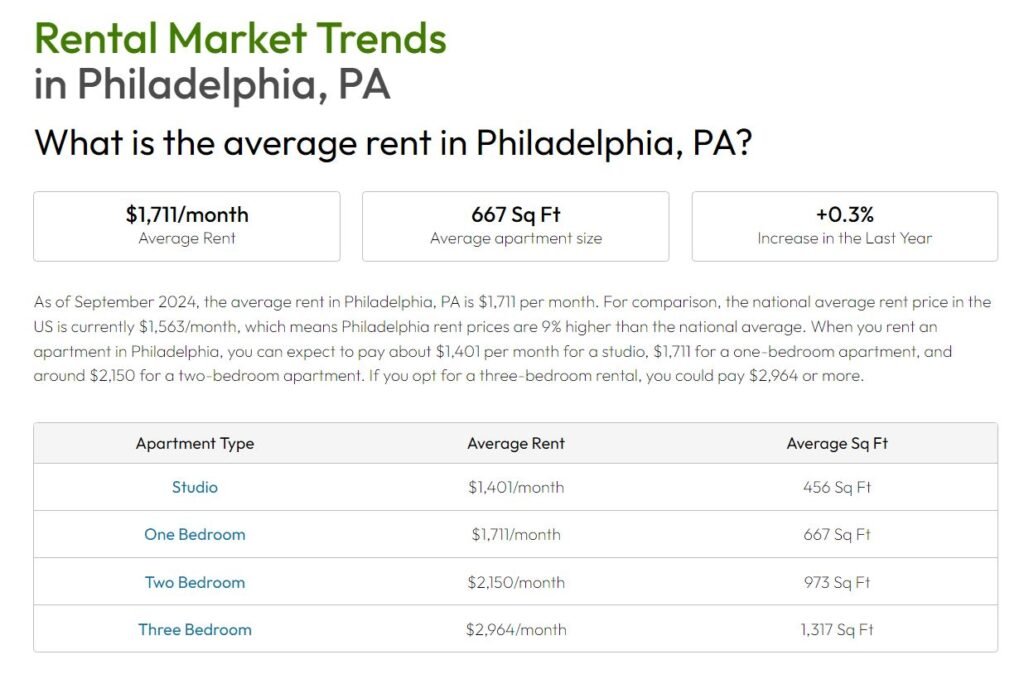
We start our list with the third-best city for anyone considering retirement in Romania:
Oradea
The first thing that you will notice about this city of 183,000 residents is that it is one of the westernmost cities of Romania and it is just 4 kilometers from the border with Hungary.
This is a tremendous positive for many reasons.
First, as I mentioned before, the most developed part of Romania is the West. Second, Oradea is well-connected to many European capitals!
It is closer to Budapest, Vienna, Belgrade, and Bratislava than it is to Bucharest. Even Krakow, in Poland, a city with so many nice things to do, is closer to Oradea than Bucharest.
This has many advantages. One of them, for example, is that Oradea is close to major airports like Budapest, which is a hub for Wizz Air, a low-budget airline that can fly you to nearly anywhere in Europe.

The second advantage of such a privileged location is that Oradea received a considerable amount of funds from the EU, and the city improved considerably in terms of infrastructure.
The city is also home to some modern hospitals, including the Spitalul Clinic Județean de Urgență Oradea and Spitalul Pelican.
Oradea is also known for its abundance of parks and green spaces, such as Parcul Bălcescu and Parcul 1 Decembrie. There are many baroque and art-nouveau buildings from the times of the Austro-Hungarian Empire which are very pleasant to the eyes.
This is what a local told us about this city:
“Oradea is a clean city, with no traffic, and received high EU funding. Generally, good people, but you have to open yourself to them first. There are a few events there too, but nothing major. If you like quiet clean cities, I highly recommend it.”
In terms of the cost of living, the city is 16% cheaper than Bucharest.
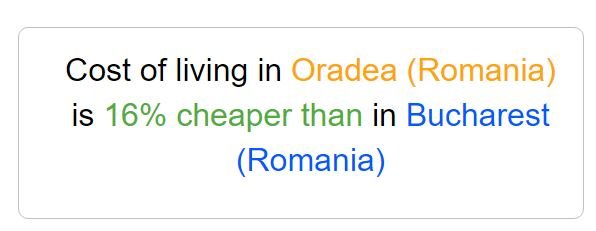
Let’s see what you can rent in Oradea for the same price as a tiny studio in Philadelphia: $1,401 per month.
Well, for less than that—just 1,000 euros (or $1,110)—you can live in a very luxurious apartment with 120 square meters, close to Park 1st of December.
If you want something less fancy, for $500 you can rent a fully furnished two-bedroom apartment.
The second city I would recommend for anyone planning to move or retire in Romania is…
Sibiu
It is a city with 134,000 residents located in Transylvania, and a pretty, well-conserved old town with landmarks such as the Brukenthal National Museum and the Council Tower.
It is also a very calm city. Despite having a mid-size population of well over 100,000 people, it feels… smaller.
A personal story: when I first arrived in Sibiu, it was around 10 p.m. on a weekday. I wanted to go out at night to eat something. Everything was closing or already closed. The best I could find was a convenience store, so I bought a sandwich and that was my dinner.
That kind of correlates with what most will say about this city: the quality of life is good, the prices are affordable, the infrastructure is decent, and it has nearly everything you need—but… it still feels as calm as a small city.
This is what a resident told us about this city:
“Sibiu is the best: pedestrian-friendly, bike-friendly, foreigner-friendly. The food is better & the people are nicer (compared to the other options). It is, however, boring for nightlife.”
The cost of living in Sibiu is 19% lower than in Bucharest, while rents are 33% lower on average.
With only 500 euros, or $550, you can rent a large three-room apartment with 100 square meters.
Now, it is time for the best city to retire in Romania.
Just a reminder that this ranking was made based on personal experiences from residents but also from multiple sources.
You can access all the sources by subscribing to my Patreon. Tier 2 members get my three best-selling ebooks on living overseas, while Tier 3 get a 1-on-1 call to discuss plans to move abroad. But hurry—this offer is limited to the first 20 subscribers.
And finally, the best city for retiring in Romania is… Brașov!

Brașov is a bit bigger than the two previous cities, with almost 240,000 people.
Of all the cities I have been to in Romania, it is my favorite—and I am not alone. The majority of locals, even from other Romanian cities, list Brașov as one of the best, if not the best, cities in Romania for a foreigner looking to retire abroad.
Brașov is steeped in history, with a medieval core that includes landmarks like the Black Church (Biserica Neagră), built in the 15th century. The city’s Saxon roots are evident in its architecture and layout. Located in the foothills of the Carpathian Mountains, Brașov also has plenty of nature around—I loved hiking to the top of Tampa Hill, just outside the city. The view from there is breathtaking.
Very close to Brașov, just 12 kilometers away, there is also a ski resort called Poiana, and the national park Piatra Craiului.
The city frequently hosts cultural events such as the Golden Stag International Music Festival and the Brașov International Film Festival.
Brașov also has several high-quality medical facilities. Regina Maria and MedLife are among the leading private healthcare providers with clinics and hospitals in the city.
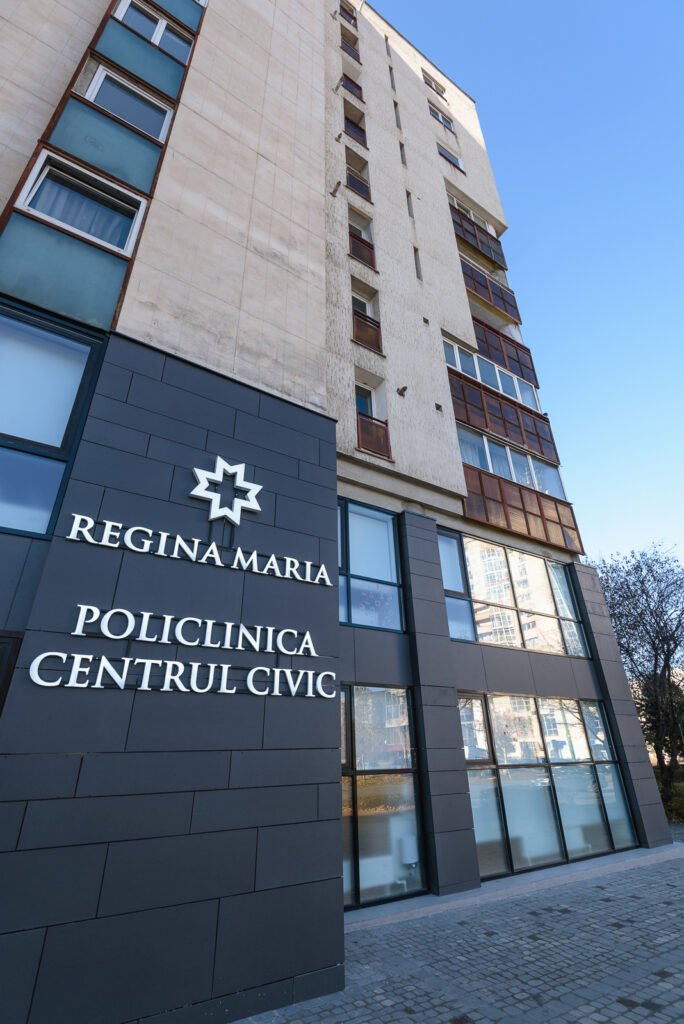
Many doctors in these private facilities speak English.
Some locals might complain that Brașov in the winter is cold, and that is true, but it is a city with four distinct seasons.
You also have a golden autumn, a magnificent spring, and a pleasant summer. Unlike other cities like Timișoara, it is not too hot.
Additionally, Brașov’s central location makes it a convenient base for traveling throughout Romania—Bucharest is just a two-and-a-half-hour drive away.
One characteristic that Brașov has that many mid-sized cities in Romania don’t, maybe except for Cluj, is that it already has a considerable community of expats, and digital nomads, plus a good part of the population that speaks English.
This is what a local told us:
“I would recommend Brașov over Bucharest or Cluj as it’s cheaper, way less crowded, close to nature, and with nicer people. Younger people speak very good English, and you won’t have any issues in bars, coffee shops, or restaurants.”
Since we’ve mentioned how affordable Brașov is, it’s time to talk about the housing costs.
With only 375 euros, or $415, you can rent a one-room studio in a central location. This is what you would pay for a parking spot in some American cities.
But if you want to spend a bit more—like the $1,400 you would pay for a small studio in Philadelphia—In Brașov, with such a budget, you can live in a 236-square-meter apartment—2,500 square feet—in one of the most expensive parts of the city, and it will already be fully furnished.
And all that for 1,100 euros, or just $1,223.
For comparison, this is what you can afford in Chicago with this same value: a small studio, in a fairly dangerous area. Personally, I would choose Brașov any day over Chicago.
Now, some of you might be asking why I didn’t recommend Cluj—after all, for many, it is the best city in Romania.
Cluj might be a great place if you are looking for a lively city with a lot of nightlife. They have universities, thousands of students there, and vibrant streets. However, all this comes at a price: in many aspects, Cluj is even more expensive than Bucharest. And if you’re considering retirement abroad, I guess nightlife is not worth the extra money paid on rent.
Still, if you enjoy pubs and bars with an international atmosphere, Cluj might be a great option despite the higher rent.
Do you know which place in Europe offers lower rents, sunshine, and a good dose of social life?
Andalusia, in Spain. But there are also some other positive secrets about this place.
Levi Borba is the founder of expatriateconsultancy.com, creator of the channel The Expat, and best-selling author. You can find him on X here.




